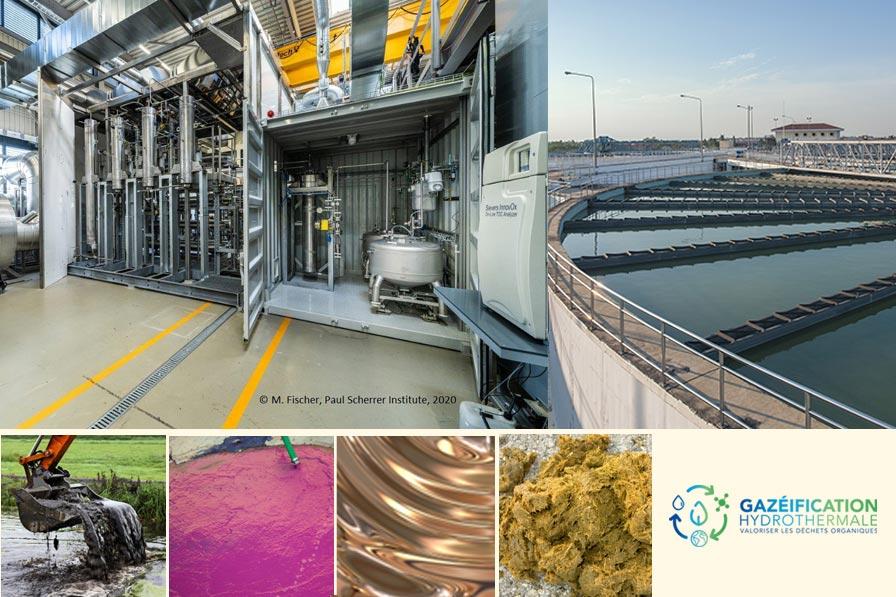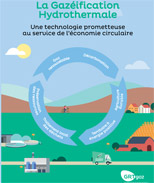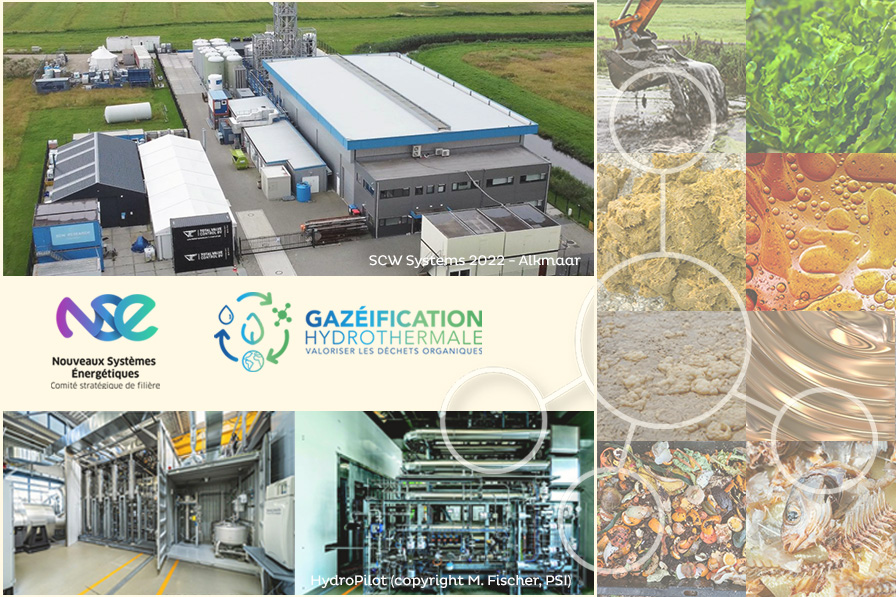Hydrothermal gasification

Wednesday 5 June 2024
An innovative technology for producing renewable, low-carbon gas and recovering waste
The National “Hydrothermal Gasification” Working Group (HG Working Group) has just released, from the Expobiogaz trade fair, the key findings of a study into the carbon footprint reduction potential of hydrothermal gasification. Spearheaded by GRTgaz in partnership with SUEZ, Teréga and GRDF, the study bears out the technology’s sustainability credentials in respect of European criteria. The technology is designed to produce renewable, low-carbon gas by converting a wide variety of waste (biomass, non-hazardous and hazardous waste) containing or easily mixed with water. With a production potential of as high as 50 TWh/year by 2050, the solution will actively help France meet its net zero targets, sitting alongside other sources of renewable, low-carbon gas.
Conducted by consulting firm Carbone 4, the study confirms the conditions required in order for hydrothermal gasification’s carbon footprint to comply with the sustainability requirements set out in the RED III European directive. This directive establishes the criteria for the development of renewable energies across the European Union. It is based on data supplied by the main developers of both technology families (catalytic and high-temperature) across France, wider Europe and internationally: Leroux & Lotz Technologies (France), SCW Systems (Netherlands), TreaTech (Switzerland) and Genifuel (United States). The study looked at gas recovery from five different types of waste: two qualities of sludge from urban treatment plants, stillage, glycerol and manure/dung.
Hydrothermal gasification has the potential to produce at least 2 TWh/year of renewable, low-carbon gas to be injected into the grid by 2030, 12 TWh/year by 2035 and then 50 TWh/year by 2050, helping France through the energy transition and to achieve its net zero targets.
Carbon footprint reduced by at least 80% for both technology families
- Hydrothermal gasification will enable future industrial facilities to comply with the RED III European directive, which prescribes a minimum 80% reduction in carbon footprint compared to the fossil benchmark, in line with specific technical criteria.
- The two families of technology used in hydrothermal gasification (catalytic and high-temperature) have comparable carbon footprint reduction capacities for a wide variety of biomass waste.
“This study flags the capacity that hydrothermal gasification has to drastically reduce the carbon footprint of gas production and recycle all kinds of waste. These findings will inform political decision-makers, manufacturers, representatives of waste and wastewater treatment providers, farmers and the general public about the positive impacts that this technology has on the environment and on climate. They should also encourage these stakeholders to implement the first concrete industrial projects,”, said Robert Muhlke, drector of the hydrothermal gasification project at GRTgaz and head of the National Working Group.
Focus on the National Working Group
The National “Hydrothermal Gasification” Working Group (HG Working Group) was set up in March 2021 and comprises more than 50 public and private stakeholders. Its aims include:
- Support the industrial structuring of the technology in France by 2027.
- Help meet the national energy transition targets.
- Defend the interests of this technology at European level.
The members of the Working Group cover the entire value chain: technology developers, integrators and project developers, waste and wastewater treatment providers and companies, equipment suppliers, design firms, professional associations, research institutes and institutions, and local authorities.
In 2023, the group published the first white paper on hydrothermal gasification and by 2027 it aims to have built and commissioned the first industrial facilities in France.
Presentation of the HG Working Group’s current members:

Publications

Press contact
To go further

Call for expressions of interest launched to develop the first industrial hydrothermal gasification projects
